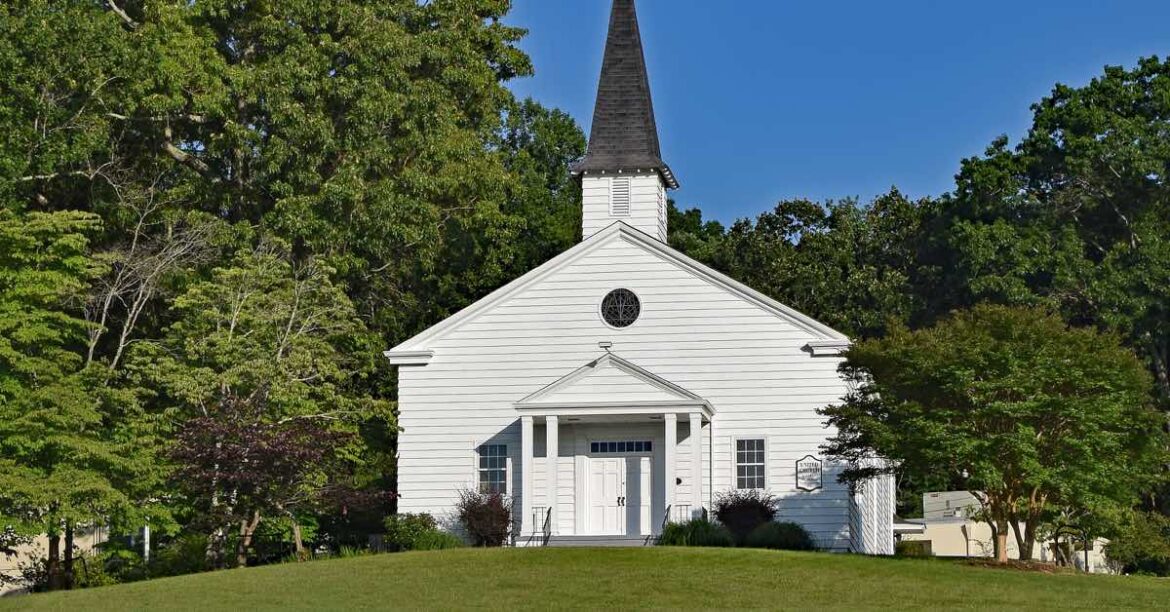In the vast tapestry of American religious life, the multitude of Christian churches stands out as a significant and vibrant segment of the population. As one probes into the question, “How many Christian churches exist in the USA?” an intriguing landscape emerges, characterized by diversity, devotion, and differentiation. Understanding this numerical phenomenon necessitates a thoughtful exploration of the myriad types and denominations of churches dotting the nation.
According to current estimates, the United States boasts over 380,000 Christian churches, encompassing a plethora of denominations and independent congregations. This staggering number reflects the profound spiritual engagement of many Americans, as well as the historical and cultural roots that have fostered various branches of Christianity across the country.
To appreciate this figure fully, one must delve into the various categories of Christian churches. At the forefront are the major denominations, which can be broadly categorized into three main branches: Catholicism, Protestantism, and Orthodox Christianity. Each of these branches comprises numerous sub-denominations and independent churches, each with its own unique practices, beliefs, and worship styles.
Catholicism remains the largest Christian denomination in the United States, with an estimated 20% of the population identifying as Catholic. The Catholic Church is organized into dioceses led by bishops, with a hierarchy that reaches to the Vatican. This structure ensures a sense of unity and continuity in doctrine and practices across different regions.
In juxtaposition, Protestantism, constituting around 43% of the Christian population, is home to a vast array of denominations. These range from the historically rooted such as Methodist, Lutheran, and Baptist, to more contemporary movements like Pentecostal and non-denominational churches. Each denomination reflects specific theological emphases and cultural expressions, contributing to a rich mosaic of worship practices and beliefs.
Within Protestantism, one encounters a fascinating phenomenon: the rise of independent, non-denominational churches. These congregations often attract members seeking a more personalized and dynamic worship experience, unbound by the constraints of traditional denominational structures. This shift has not only changed the numerical landscape but also reflects a broader cultural trend towards individual spirituality and community-focused worship.
The Orthodox branch, while smaller in numerical representation, adds significant depth to the Christian landscape in the U.S. Orthodox Christianity, primarily represented by the Eastern Orthodox Church and the Oriental Orthodox Churches, emphasizes ancient liturgical traditions and continuity with the early Church. Their presence enriches the religious plurality, inviting deeper contemplation of Christian heritage and theological depth.
As one examines the geographic distribution of Christian churches, it becomes evident that certain regions are more densely populated with churches than others. The Southern United States, often referred to as the “Bible Belt,” exhibits a pronounced prevalence of evangelical churches. These congregations frequently emphasize personal faith, evangelism, and community involvement, reflecting the cultural contexts from which they emerge.
Conversely, urban areas in the Northeast and West Coast may present a different religious landscape where mainline Protestant and independent churches thrive amidst a backdrop of cultural pluralism and secularism. Here, churches often engage more actively with social issues, embodying a mission-driven identity that reflects broader societal concerns.
The significance of church attendance cannot be overstated; however, the numbers tell a complicated story. Regular attendance at church services signifies an active engagement with faith communities. National surveys suggest that approximately 20% of Americans attend church weekly. This statistic speaks volumes about the role churches play not only as spiritual centers but also as community hubs fostering connection and support.
Moreover, the transition of church growth over recent years is indicative of broader societal shifts. The rise of the “nones,” or those identifying as spiritual but not religious, reflects a growing demographic that may challenge traditional church models. Churches are increasingly called to adapt, often re-evaluating their approaches to outreach, community service, and engagement with a younger, more diverse population.
As one contemplates the question of numerical existence, it is crucial also to consider the qualitative aspects of church life. The experience of worship, community support, and the pursuit of social justice within these congregations plays a pivotal role in attracting and retaining members. The vitality of a church cannot be measured merely by attendance figures or numbers; it encompasses the lived experiences of faith, worship, and fellowship that breathe life into the spaces we inhabit.
In summation, the inquiry into the number of Christian churches in the United States reveals a rich and multifaceted landscape reflective of diverse beliefs and practices. With over 380,000 churches ranging across Catholicism, Protestantism, and Orthodoxy, the sheer variety stands as a testament to the spiritual tapestry that characterizes American society.
Understanding this complexity invites further contemplation about the role these churches play in shaping community life and individual faith journeys. As engagement with religion continues to evolve, the narrative of Christian churches will undoubtedly adapt, reflecting the ongoing dialogue between tradition and innovation in the ever-changing spiritual landscape of America.



